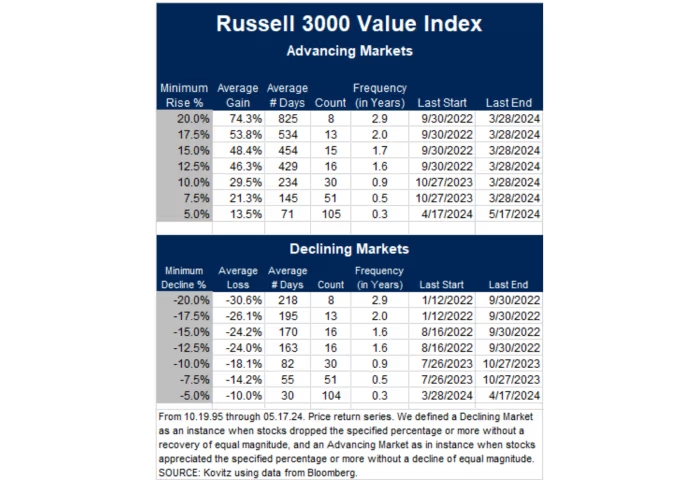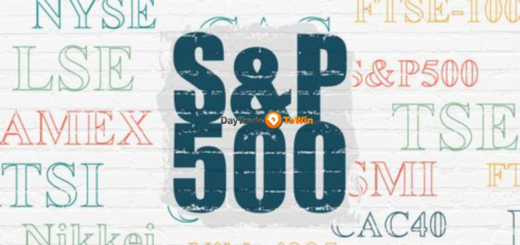Amazon Leads: S&P 500’s Largest Stocks Are Now Cheaper
Amazon’s stock has become more attractive relative to its expected earnings and sales.
Amazon.com Inc. has long focused on growth, often reporting low profits due to heavy reinvestment in its business. However, the recent broad stock market decline has led to a significant shift: Amazon’s stock, which once traded at high multiples relative to expected earnings, now has a forward price-to-earnings (P/E) ratio that aligns more closely with other large, successful companies.
Below is a comparison of how forward P/E and price-to-sales valuations have changed for the largest U.S. companies following the recent market downturn.
Encouragement for Long-Term Investors
Investors may have felt some relief when the S&P 500 rebounded with a 1% gain on Tuesday, after a three-session 6.2% slide. Despite a 0.8% pullback on Wednesday, the index remains 7.8% below its July 10 high, yet still up 9% for 2024 (excluding dividends).

For those focused on the long term, it’s important to recognize that large market fluctuations are common. From October 19, 1995, through May 17, 2024, the Russell 3000 Index experienced 51 declines of 7.5% or more, with an average drop of 14.2% over 55 days. These were balanced by 51 gains of 7.5% or more, averaging a 21.3% increase over 145 days. Historically, investors who remained patient through downturns have generally been rewarded.

Shifts in Valuation Metrics
Focusing on the largest stocks in the S&P 500, all 10 have seen their forward P/E ratios decrease since July 10. For Amazon, the forward P/E ratio has dropped to 30, down from 38.1 on July 10 and 41.7 at the end of 2023, despite the stock still being up 31% for 2024.
Amazon now has the lowest P/E ratio compared to its five-year and 10-year averages among these companies. This shift could make Amazon more attractive to value-oriented investors who previously tolerated its high P/E ratios.
However, Amazon’s recent second-quarter results were met with a mixed response. While Amazon Web Services continues to grow rapidly, overall revenue fell short of expectations, likely due to a broader economic slowdown.
A Potential Bargain in Price-to-Sales Ratio
Amazon also stands out for its forward price-to-sales ratio, which is now lower than the S&P 500’s average. Among the top 10 S&P 500 components, Amazon is one of only two companies trading below both its five-year and 10-year average price-to-sales ratios. The other is Tesla, which, despite high valuations, is still priced lower relative to its sales.
In summary, Amazon’s P/E ratio has adjusted to more typical levels after years of being exceptionally high, and its price-to-sales ratio suggests the stock might be undervalued in the current market. As always, it’s crucial to conduct your own research when assessing any stock, considering the company’s long-term potential and competitive position.




